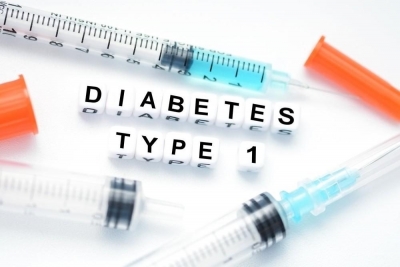
Type 1 diabetes, once known as juvenile diabetes or insulin-dependent diabetes, is a chronic condition in which the pancreas produces little or no insulin. Insulin is a hormone needed to allow sugar (glucose) to enter cells to produce energy.
When the cells have enough, your liver and muscle tissues store the extra glucose, also called blood sugar, in the form of glycogen. It’s broken down into blood sugar and released when you need energy between meals, during exercise, or while you sleep.
In type 1 diabetes, the body is unable to process glucose, due to the lack of insulin. Glucose from your food can’t make its way into the cells. This leaves too much glucose circulating in your blood. High blood sugar levels can lead to both short-term and long-term problems.
The exact cause of type 1 diabetes is unknown. However, it’s thought to be an autoimmune disease. The body’s immune system mistakenly attacks beta cells in the pancreas. These are the cells that make insulin. Scientists don’t fully understand why this happens.Genetic and environmental elements, such as viruses, may play a role.
Picture Credit : Google

